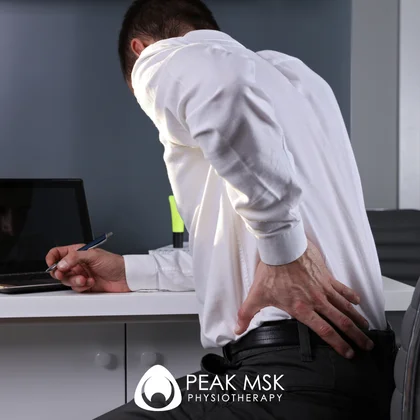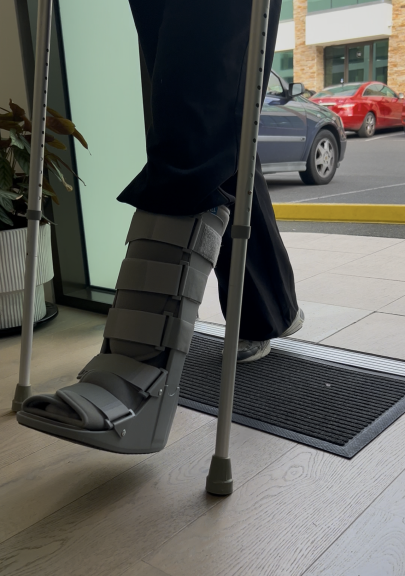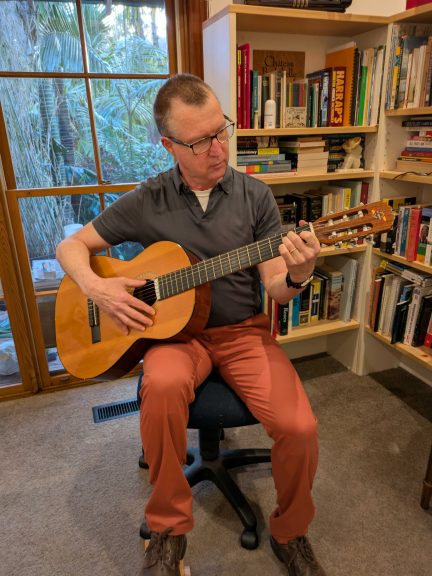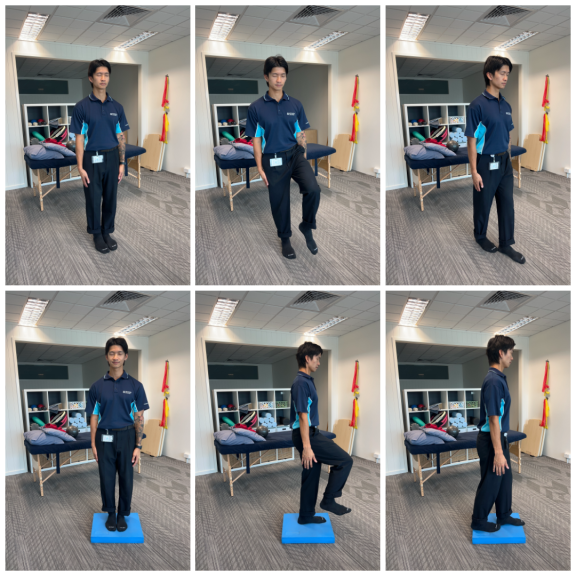Bending makes the pain worse and sitting in one place for too long can cause back pain? What if I were to tell you that the pain was not actually coming from the lower back but from two joints called the Sacroiliac joints. About 10% to 25% of low back pain patients are thought to be actually experiencing pain from the Sacroiliac joint (SIJ)1 because the pain and symptoms can closely mimic those of low back pain. We call this PELVIC GIRDLE PAIN.

The SIJ’s are located on either side of the spine and join the pelvis to your tail bone. The joints themselves are typically very stable as they have fantastic ligament support as well as being surrounded by some of the strongest muscles in the body. Their job is to do two things. First, absorb and shift load between the spine and legs. Walking is a good example of this job. The bones can't absorb force, but the joints can, protecting the bones of the pelvis and hip from bone stress which would lead to a break. Second, their ligaments allow for expansion of the pelvis, during pregnancy.
When Pelvic Girdle Pain strikes, it can cause pain across the lower back, shooting or stabbing pain, as well as tenderness around the area. It is essentially a joint sprain, but needs attention. Left unmonitored or if not treated correctly, the pain can linger and escalate, making everyday tasks like bending or sitting a nightmare. Typically the driver is a lack of muscular coordination, endurance and support of these joints. It can also be the opposite with overactive muscles squeezing and pressurising the joints to much.
Its important to see a physiotherapist and get the proper diagnosis for your Pelvic Girdle Pain so the right treatment can be commenced straight away. Correctly targeted treatment will help to reduce the pain and symptoms so that you can get moving towards your regular lifestyle.
Our comprehensive physical examination to evaluate the Pelvic Girdle region and the back-hip area includes a biomechanical assessment to identify weakness, incoordintaion and movement faults. Even the thorax and its mechanics need to reviewed. In essence, we assess the whole of you.
With a solid diagnosis formed, treatment to relieve symptoms and fix the causes will address the supportive muscles of the Pelvic Girdle, offloading pressure with manual therapy, breathing control and potentially strapping. This may include medicine to manage inflammation. From there strength and coordination to keep 'form under load' will be the primary goal to get the pressures moving through the Pelvic Girdle back to normal with every day activity.
It is clear that Pelvic Girdle Pain needs a completely different treatment strategy compared to low back pain, this is why it is important to get the correct diagnosis so your problem can get the treatment tailored to it.
References
- Seidenberg, F., Bowen, F., & King, D. (2017). The Hip and Pelvis in Sports Medicine and Primary Care. Cham: Springer International Publishing.













